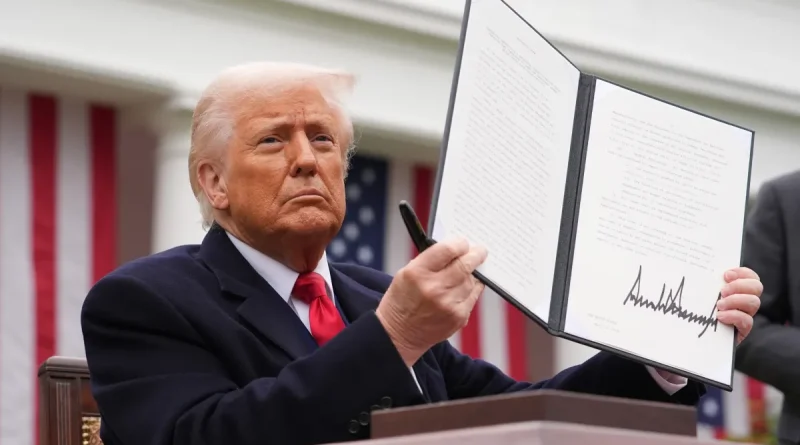Trump Proposes 100% Tariff in Response to China’s Restrictions on Rare Earth Minerals
On Friday, President Donald Trump revealed his plan to impose a substantial 100% tariff on all imports from China and to limit the export of “any and all critical software” from the U.S.
This declaration represents a significant intensification of the ongoing trade tensions between the U.S. and China. Trump shared on Truth Social that this new tariff will be “in addition to” the current tariffs on Chinese goods. (As reported by CNBC, existing tariffs on Chinese imports can vary, with a baseline rate set at 40%.)
Earlier this week, China implemented stricter export controls on rare earth minerals, mandating that foreign companies obtain licenses to export products containing even minimal amounts. As the leading producer of these essential materials—crucial for technologies such as semiconductors and solar panels—China’s regulations could significantly impact the tech sector.
In his remarks, Trump criticized China’s actions as “entirely unprecedented in International Trade and a moral disgrace in dealings with other Nations.”
“It’s difficult to understand why China has taken this route, but they have, and the repercussions will be considerable,” he noted.
Trump indicated that the new tariffs are expected to take effect on November 1. Following his speech, he mentioned to reporters that these tariffs could be modified and hinted at the possibility of attending an upcoming meeting with President Xi Jinping.
Financial markets reacted negatively to Trump’s announcement, with the Dow Jones Industrial Average dropping by 1.9% by the end of trading on Friday, the S&P 500 falling by 2.71%, and the Nasdaq experiencing a decline of 3.56%. Several tech companies faced even steeper losses, including Nvidia and Tesla, both of which saw approximately a 5% drop by market close.
Techcrunch event
San Francisco
|
October 27-29, 2025
Furthermore, this situation negatively impacted the cryptocurrency markets, with liquidations reported to be ten times higher than those recorded during the FTX collapse.



